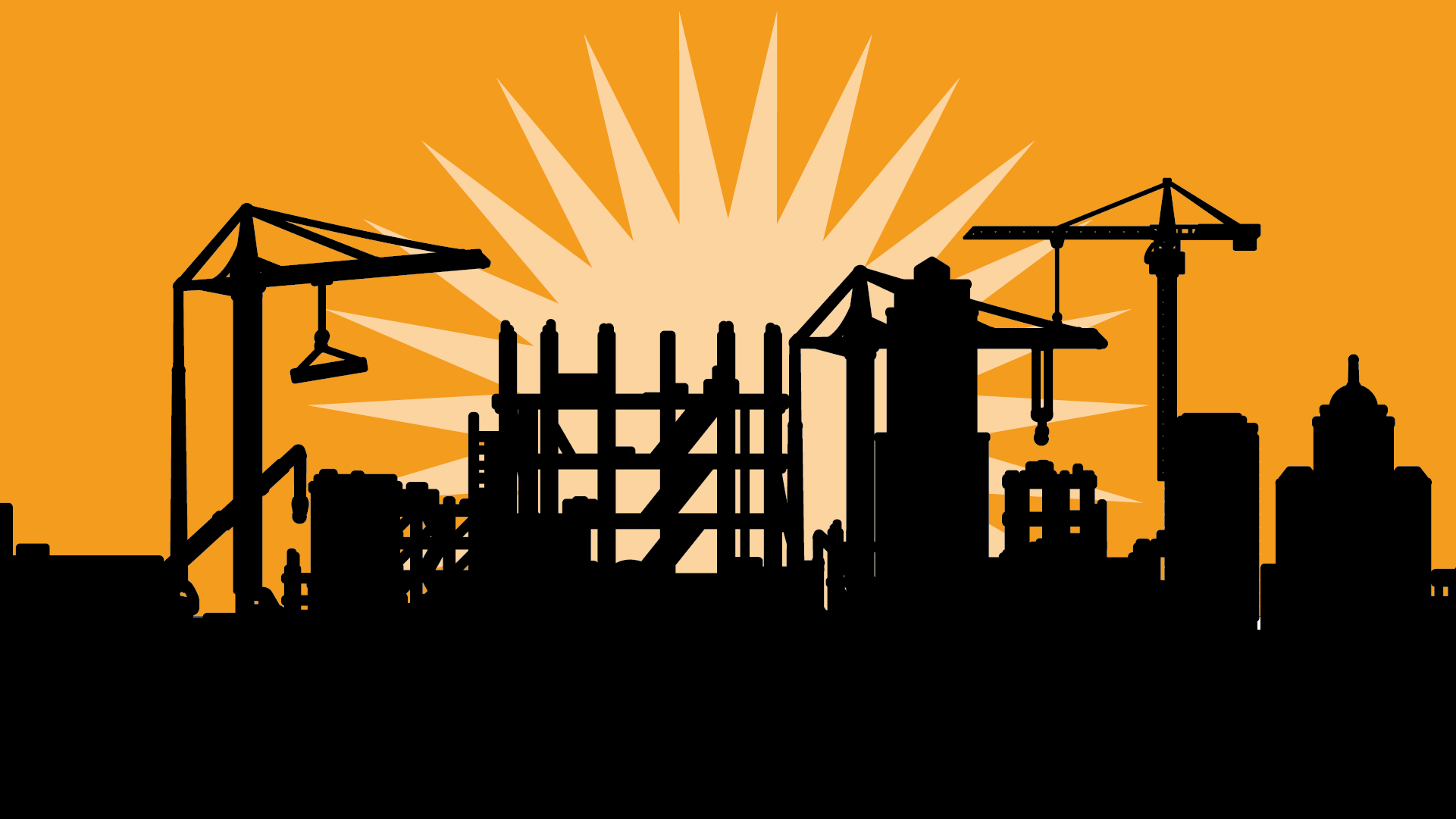
Toolbox Talks
Toolbox Talks safety briefings are an easy and efficient way to keep construction employees safe.
New Toolbox Talks Portal
🛠️
New Toolbox Talks Portal 🛠️
We’ve launched a NEW Toolbox Talks portal where you can access over 125 safety briefings that have been updated since 2023!
As development continues on the new portal, we will continue to host the older versions of the talks on this page as an archive.
What are Toolbox Talks?
These brief meetings offer an opportunity for team members to learn about potential hazards and preventive measures, as well as a chance for the employer to review safety regulations. They are a great way to ensure that everyone is aware of the safety protocols that must be adhered to in order to prevent accidents and injuries on the job site.
Each toolbox talk has been reviewed and approved by a subject matter expert at L&I DOSH.
Search Toolbox Talks
Type a search term in the search box below to view English toolbox talks that match your search query. Or, use the category dropdown to view related talks.
Funding and support for the Toolbox Talks project and mobile apps has been provided by the State of Washington, Department of Labor & Industries, Safety & Health Investment Project.
Excavations and Trenches
Date Posted: 05/29/2024
WAC 296-155-650 defines an excavation as “Any person-made cut, cavity, trench, or depression in the earth's surface, formed by earth removal.” A trench is “A narrow excavation in relation to its length made below the surface of the ground.
Flagger Hazards
Date Posted: 05/11/2024
Flagging traffic is both a critical and a potentially hazardous part of providing a safe work zone for workers, the general public, and motorists. According to an OSHA Fact Sheet, “transportation incidents and workers struck by vehicles are responsible for the highest number of fatal work injuries,” according to data from the Bureau of Labor Statistics.
Hearing Protection
Date Posted: 05/11/2024
According to the National Institute for Occupational Safety & Health (NIOSH), approximately 22 million workers yearly are exposed to hazardous work-related noise. As a result, occupational hearing loss is one of the most common work-related illnesses in the U.S.
Ergonomic Safety
Date Posted: 01/27/2024
According to the Occupational Safety and Health Administration (OSHA), About 1.8 million workers report musculoskeletal disorders (MSDs), commonly known as strains and sprains, such as carpal tunnel syndrome, tendinitis, and back injuries yearly.
Respiratory Protection
Date Posted: 04/24/2023
It is estimated that more than 5 million workers use respiratory protection regularly as part of their work. Respirators protect the user from various airborne contaminants, including harmful dust, fog, smoke, mists, gases, vapors, and sprays. Air-supplied respirators protect workers from oxygen-deficient environments also.
Head Protection
Date Posted: 04/24/2023
Hard hats in construction are commonly used to protect workers from a head injury caused by falling objects, striking one’s head against an object, or electrical hazards, including shock and electrocution. The hard hat is a piece of personal protective equipment (PPE) designed to protect a worker when all other protection methods cannot.
Hand Protection
Date Posted: 04/24/2023
Protecting your hands is vital for your work and quality of life. Work-related hand injuries are one of the leading reasons workers end up in the emergency room and miss work. According to the Centers for Disease Control (CDC), over 1 million workers are treated in the emergency room due to hand injuries.
Foot Protection
Date Posted: 04/24/2023
Protective footwear worn on construction sites is designed to protect your feet from physical hazards such as falling objects, punctures through the soles of the footwear, extremely hot or cold temperatures, slippery surfaces, corrosive chemicals, and general foot fatigue.
Eye & Face Protection
Date Posted: 04/24/2023
Your eyes are vital for experiencing the fullness of life. Losing the capability to see is not worth the risk of taking shortcuts in your work for any reason. According to OSHA, thousands of people are blinded each year from work-related eye injuries that could have been prevented with the proper selection and use of eye and face protection.
Hearing Loss Prevention (Noise)
Date Posted: 02/05/2023
The National Institute for Occupational Safety and Health (NIOSH) states over half of all construction workers have been exposed to hazardous noise (2018). Another study from 2014 found 52% of noise-exposed construction workers reported they do not wear appropriate hearing protection. Chances are you or someone you know in the construction industry has experienced difficulty hearing or a form of hearing impairment.
Mental Health & Suicide Prevention Resources
Date Posted: 09/18/2020
Mental health and suicide prevention are important elements of worker health. Learn about the resources that are available to both workers and employers.
Suicide and Mental Health
Date Posted: 04/21/2020
A suicide in the US occurs every twelve minutes and can affect anyone. Suicide among construction industry workers is one of the highest rates in the country.
Back Protection
Date Posted: 09/23/2016
Back injury is one of the leading causes of lost-time or restricted duty in the workplace and can lead to years of discomfort and disability. A back injury can be cumulative, as a result of repetitive motion over time, or acute due to a sprain or muscle pull, for example.
Drywall Installing Safety
Date Posted: 09/17/2016
Workers who handle drywall sheets are at high risk of overexertion and fall injuries. Drywall installers spend most of the day standing, bending, or stretching. This work is physically demanding.
First Aid
Date Posted: 09/13/2016
The priorities of first aid are to; save life, prevent casualty’s condition from getting worse and to seek medical help as soon as possible. If you know basic first aid, you could save a life. As an employee, you are not required to provide first aid if you are not comfortable.
Flagger Orientation
Date Posted: 09/13/2016
(MUTCD Signaling & Flaggers 296-155-305 Part E)
Flaggers are to be used only when other means are not adequate to control traffic. All workers are required to have a jobsite orientation. This requirement also applies to flaggers who are working on the jobsite and any workers who will perform flagger duties. Please use MUTCD for specific requirements.
Flagging at Night
Date Posted: 09/12/2016
Night work flaggers are faced with more challenging and dangerous situations than flaggers working during daylight hours. Nighttime drivers are more inattentive due to driver fatigue from the completion of the day. It is important for flaggers to remain alert and watch traffic approaching from both directions.
Hand and Arm Vibration
Date Posted: 09/11/2016
Have you ever had a tingling sensation in your hands after operating a piece of equipment? That tingling is a very mild form of Vibration-induced White Finger (VWF) or Raynaud’s phenomenon.
Hantavirus Pulmonary Syndrome
Date Posted: 09/10/2016
Hantavirus Pulmonary Syndrome (HPS) is a severe, sometimes fatal, respiratory disease in humans caused by infection with a rodent infected with hantavirus. Rodent infestation remains the primary risk for hantavirus exposure. Healthy individuals can be at risk for HPS infection if exposed to the virus.
Download the FREE
Toolbox Talks App!
Discover, discuss, and document over 150 Toolbox Talks! The Toolbox Talks app makes it simple to find safety talks for both construction and marine industries in English, Spanish, and Russian. Find a talk to review, then document your safety briefing with a signature capture form that generates a PDF of the meeting details that you can email or save to your device.
Funding and support for the Toolbox Talks project and mobile apps has been provided by the State of Washington, Department of Labor & Industries, Safety & Health Investment Project.


























